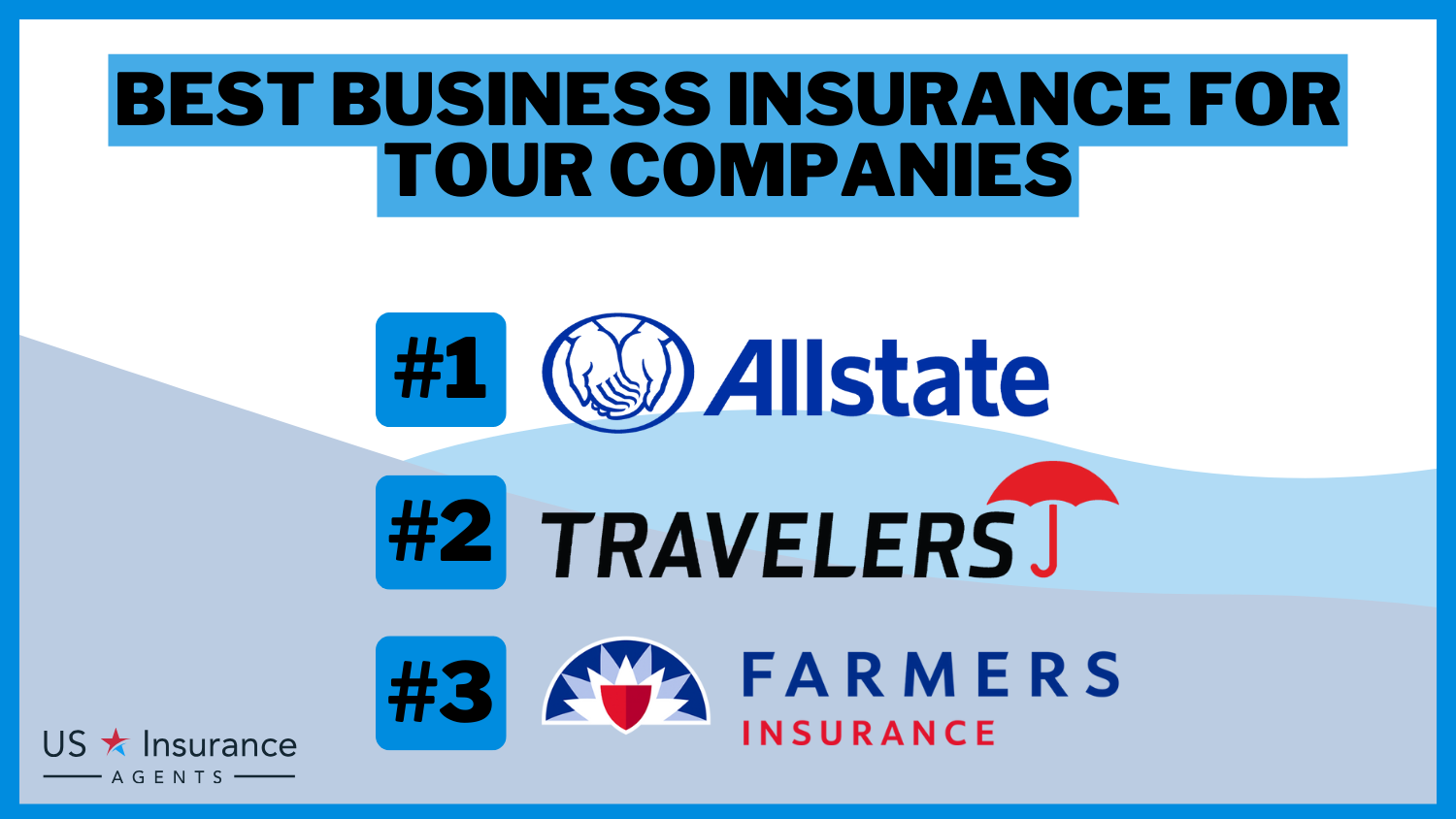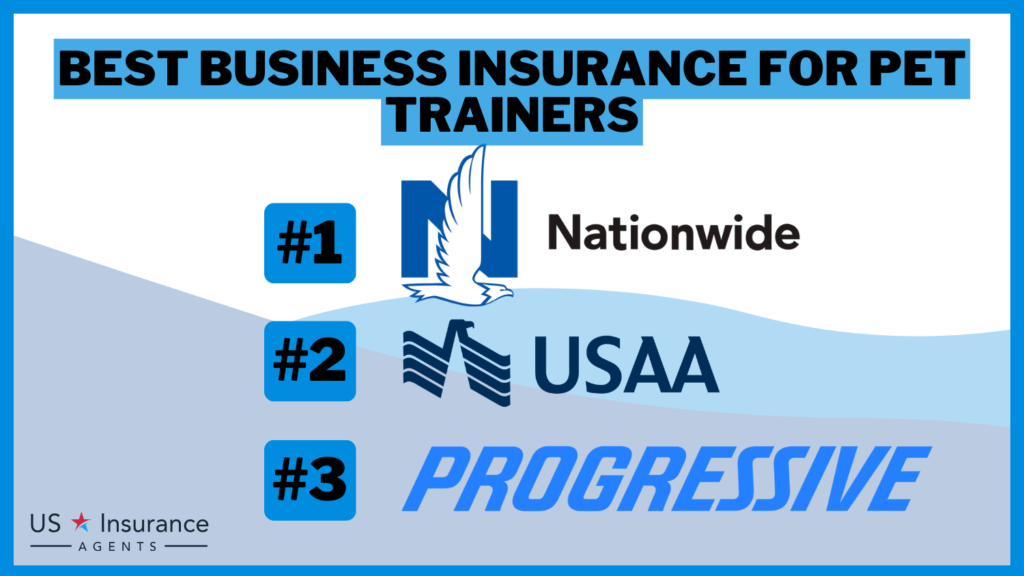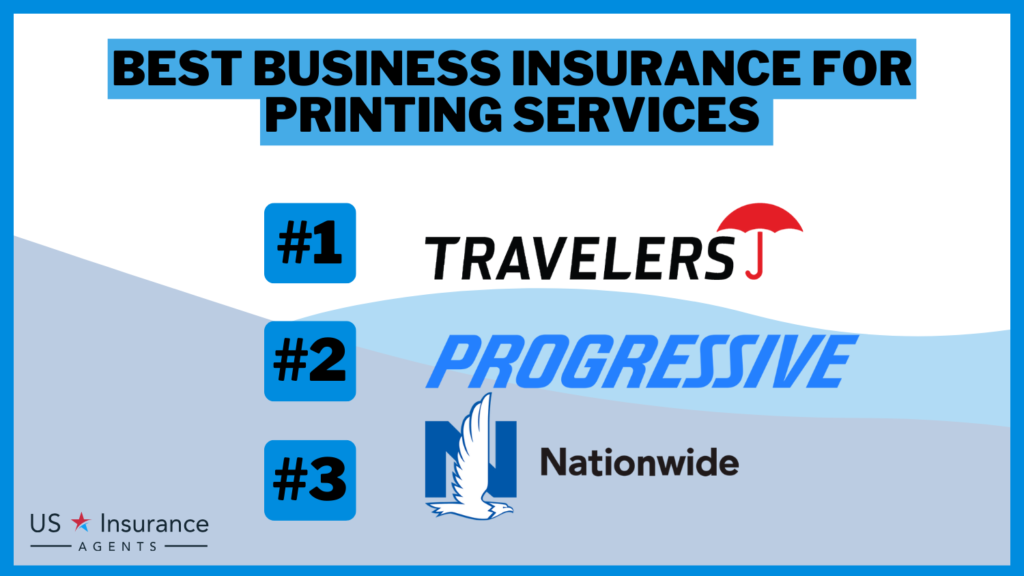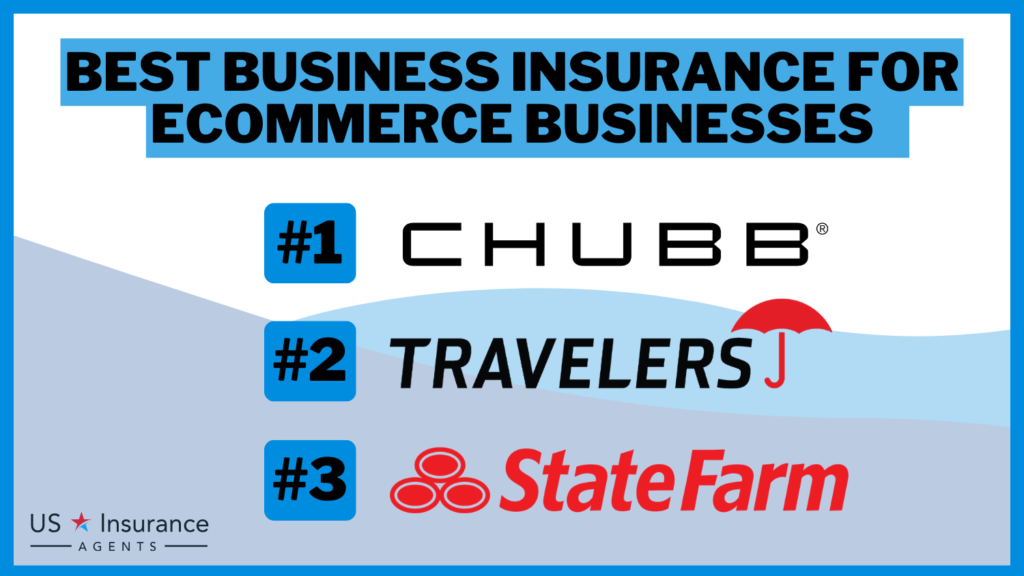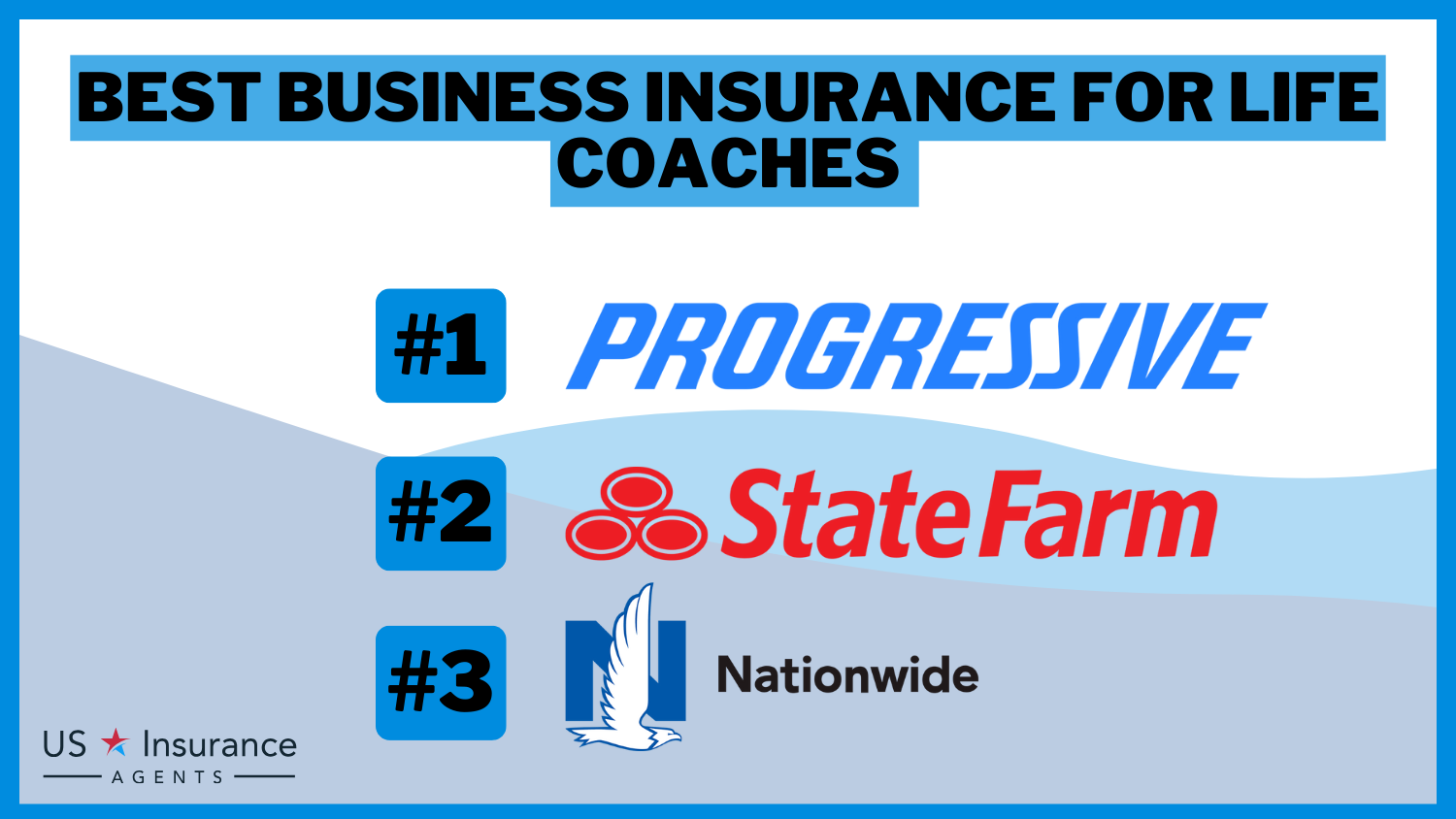Best Business Insurance for Photographers (2025)
Mitigate Risks, Secure Success: Insurance for Photographers Protect Your Photography Business and Discover the Importance of Insurance Coverage.
Secured with SHA-256 Encryption






Table of Contents
Table of Contents


Published Author & Insurance Expert
Peyton Leonard is an insurance and finance writer living in Colorado Springs, CO. She is currently obtaining her Bachelor’s in English at Thomas Edison State University. Peyton is the author of “Lyme & Not the Fruit.” She also has experience writing for the business magazine, Productivity Intelligence Institute.
Peyton Leonard


Licensed Insurance Broker
Zach Fagiano has been in the insurance industry for over 10 years, specializing in property and casualty and risk management consulting. He started out specializing in small businesses and moved up to large commercial real estate risks. During that time, he acquired property & casualty, life & health, and surplus lines brokers licenses. He’s now the Senior Vice President overseeing globa...
Zach Fagiano
Updated January 2025
- Photographers need insurance to protect themselves from potential lawsuits and financial losses.
- Insurance can cover legal fees, medical costs, and property damage.
- Different types of insurance are available, including general liability, professional liability, workers’ compensation, commercial auto, and inland marine insurance.
- The cost of insurance depends on various factors, such as the size of the business and the coverage required.
- Getting photography insurance is easy by completing an online application and working with licensed agents.
Photography is a creative and rewarding profession, but it also comes with unique risks. Whether you’re a freelance photographer or running a photography business, having insurance coverage is essential.
In this article, we will explore why photographers need insurance, the types of insurance they require, factors that affect the cost, and how to obtain photography insurance.
Why is Insurance Essential for Photographers?
Photographers face a range of risks in their profession. Accidents can happen, such as losing valuable photos or a client getting injured during a shoot.
In these situations, insurance can provide protection by covering legal expenses and medical costs. Furthermore, some client contracts, state laws, or commercial leases may require photographers to have insurance coverage.
Free Business Insurance Comparison
Compare Quotes From Top Companies and Save
Secured with SHA-256 Encryption
Finding the Right Coverage: Types of Insurance for Photographers
Photographers face unique risks in their profession, which is why having the right insurance coverage is crucial. Here are the main types of insurance that photographers should consider:
- General Liability Insurance: General liability insurance is a fundamental coverage for photographers. It protects against common risks, such as property damage or bodily injury caused to clients or third parties. Whether it’s a client tripping over equipment or accidental damage to a venue, general liability insurance provides financial protection and covers legal expenses.
- Professional Liability Insurance: Also known as errors and omissions (E&O) insurance, professional liability insurance is specifically designed for photographers. It covers legal costs and damages if a client claims that your work was of poor quality, resulting in financial loss or damage. Professional liability insurance provides peace of mind by safeguarding against potential lawsuits related to professional negligence or mistakes.
- Workers’ Compensation Insurance: If you have employees working for your photography business, workers’ compensation insurance is usually required by law in most states. This coverage protects employees in the event of work-related injuries or illnesses. Workers’ compensation insurance covers medical expenses, disability benefits, and lost wages for employees who get injured or become ill due to their job duties.
- Commercial Auto Insurance: Commercial auto insurance is necessary if your photography business owns and operates vehicles for work purposes. This insurance protects against accidents, damage, or theft involving your business-owned vehicles. It provides coverage for property damage, bodily injury, and medical expenses in case of an accident. Commercial auto insurance is typically mandatory in most states for vehicles used for business purposes.
- Inland Marine Insurance: Inland marine insurance is essential for photographers who frequently transport their equipment outside of their office or studio. This coverage protects against theft, damage, or loss of photography equipment while it is in transit or on location. It provides financial reimbursement to replace or repair equipment in situations like theft, fire, vandalism, or natural disasters.
By understanding these different types of insurance, photographers can choose the coverage that best suits their specific needs and risks. Consulting with an experienced insurance agent can help ensure that you have comprehensive coverage to protect your photography business and mitigate potential financial losses.
Read more: Best Business Insurance for Insurance Agents
Understanding the Cost of Coverage for Photographers
The cost of insurance coverage for photographers can vary based on several factors. It’s important to consider these factors when determining the cost of insurance for your photography business:
- Business Size: The size of your photography business plays a significant role in determining the cost of coverage. Freelance photographers generally have lower insurance costs compared to businesses with multiple photographers and employees. The scale of your operations, annual revenue, and number of employees will impact the overall cost.
- Coverage Limits and Deductibles: The coverage limits you choose, along with the deductibles, can affect the cost of insurance. Higher coverage limits and lower deductibles typically lead to higher premiums. It’s important to strike a balance between having sufficient coverage and managing your insurance costs effectively.
- Nature of Photography Services: The nature of your photography services can influence the cost of coverage. Specialized photography services that involve higher risks, such as aerial or underwater photography, may have higher insurance premiums. The more unique or complex your services, the more it may impact the cost of coverage.
- Location: The location of your photography business can affect insurance costs. Insurance rates can vary from state to state due to factors like local regulations, legal requirements, and regional risk factors. Additionally, the cost of living and market competition in your area can influence the overall cost of coverage.
- Claims History: Your claims history and risk profile as a photographer will also impact insurance costs. If you have a history of frequent claims or high-risk incidents, insurance premiums may be higher. On the other hand, maintaining a clean claims history can help lower your insurance costs over time.
It’s important to note that while insurance is an essential investment, the cost should not be the sole determining factor. It’s crucial to assess your specific risks, consult with experienced insurance professionals, and select coverage that adequately protects your business.
How to Get Covered: The Process of Obtaining Insurance for Photographers
Getting insurance coverage for your photography business is a relatively straightforward process. Here is a step-by-step guide to help you navigate through obtaining insurance:
- Assess Your Insurance Needs: Start by assessing the specific insurance needs of your photography business. Consider the nature of your services, the equipment you use, whether you have employees, and any legal or contractual requirements. This evaluation will help you determine the types and amount of coverage you require.
- Research Insurance Providers: Research and identify reputable insurance providers that specialize in photography insurance. Look for companies with a strong track record, positive customer reviews, and experience in the photography industry. You can also seek recommendations from other photographers or industry associations.
- Gather Business Information: Before applying for insurance, gather the necessary information about your photography business. This typically includes details such as your business structure (sole proprietorship, LLC, etc.), annual revenue, number of employees, location, and a summary of your photography services.
- Complete an Online Application: Many insurance providers offer convenient online applications. Visit the website of your chosen insurance provider and complete their online application form. Provide accurate and detailed information about your business to ensure accurate quotes and appropriate coverage recommendations.
- Consult with Licensed Agents: Once you’ve submitted your online application, licensed insurance agents from the insurance provider will review your information. They may reach out to you to discuss your specific needs, clarify details, and provide expert advice. Take this opportunity to ask questions and seek guidance on coverage options and policy customization.
- Receive Insurance Quotes: Based on the information provided, the insurance agents will generate insurance quotes tailored to your photography business. The quotes will outline the coverage options, policy details, limits, deductibles, and associated costs. Review the quotes carefully to ensure they align with your requirements and budget.
- Policy Selection and Purchase: After reviewing the insurance quotes, select the policy that best suits your needs. Consult with the licensed agents to clarify any remaining questions or concerns. Once you have made your decision, complete the purchase process by accepting the chosen policy and making the required payment.
- Obtain Certificates of Insurance: Once you have purchased the policy, the insurance provider will issue certificates of insurance. These certificates serve as proof of coverage and can be shared with clients, venues, or other parties that may require evidence of your insurance. Keep these certificates readily accessible for future reference.
Remember to review your insurance coverage periodically to ensure it aligns with any changes in your business operations or needs. By working with experienced insurance professionals, you can secure comprehensive coverage that protects your photography business from potential risks and liabilities.
Free Business Insurance Comparison
Compare Quotes From Top Companies and Save
Secured with SHA-256 Encryption
Case Studies: Elaborating Importance of Coverage
Case Study 1: Protection against Equipment Theft
Photographer A, a successful wedding photographer, had built a reputation for capturing stunning moments on camera. One fateful day, while photographing a wedding, Photographer A’s equipment, including high-end cameras, lenses, and lighting equipment, was stolen from their vehicle.
Fortunately, Photographer A had comprehensive inland marine insurance coverage that specifically protected their equipment against theft and loss. They promptly filed a claim with their insurance provider, providing the necessary documentation and proof of ownership. As a result, Photographer A received compensation for the stolen equipment, allowing them to quickly replace the gear and continue their photography business without significant financial setbacks.
Case Study 2: Liability Coverage for Accidents
Photographer B specialized in outdoor adventure photography, capturing breathtaking landscapes and extreme sports activities. During a photo shoot, Photographer B accidentally bumped into a rock while capturing a rock climbing expedition. Unfortunately, a fellow climber was injured due to the accident and required medical treatment.
Fortunately, Photographer B had general liability insurance, which included coverage for bodily injury and property damage. They immediately reported the incident to their insurance provider and provided all the necessary details. The insurance company covered the injured climber’s medical expenses and legal fees, alleviating the financial burden from Photographer B.
Case Study 3: Professional Liability Protection
Photographer C was known for their portrait photography, specializing in newborn and family portraits. They had a loyal client base and a successful photography studio. However, Photographer C faced a professional challenge when a client claimed that their work did not meet their expectations and demanded a refund.
Fortunately, Photographer C had professional liability insurance (errors and omissions insurance) in place. They immediately contacted their insurance provider, who assigned a claims adjuster to investigate the situation. After a thorough review, it was determined that Photographer C had followed industry standards and had not made any errors or omissions in their work.
These case studies underscore the importance of insurance for photographers, highlighting how comprehensive coverage can protect against equipment theft, liability for accidents, and claims related to professional services. Insurance provides financial security and peace of mind, allowing photographers to focus on their art and run their businesses with confidence.
In Summary: Business Insurance for Photographers
In conclusion, insurance is an essential aspect of running a photography business. Photographers face unique risks and liabilities, ranging from equipment theft and accidents to potential claims regarding the quality of their work. Insurance provides financial protection, legal support, and peace of mind in the face of these challenges.
By having the right insurance coverage in place, photographers can safeguard their businesses from unforeseen circumstances and mitigate potential financial losses. Whether it’s general liability insurance, professional liability insurance, workers’ compensation insurance, or other specialized coverage, each policy serves a specific purpose in addressing the risks inherent to the photography industry.
Frequently Asked Questions
Why do photographers need insurance?
Photographers need insurance to protect themselves from potential risks and liabilities that can arise in their profession. Insurance provides financial coverage for issues such as equipment theft or damage, accidents resulting in bodily injury, and claims related to the quality of their work.
What types of insurance do photographers typically require?
Photographers typically require general liability insurance, professional liability insurance (errors and omissions insurance), workers’ compensation insurance (if they have employees), commercial auto insurance (if they own business vehicles), and inland marine insurance to cover their equipment while on the move.
How much does photography insurance cost?
The cost of photography insurance depends on various factors such as the size of the business, coverage limits, deductibles, location, and the nature of photography services. Freelancers generally pay less than larger businesses with multiple photographers. It’s best to consult with insurance providers to get accurate quotes based on your specific needs.
Can photographers purchase insurance online?
Yes, many insurance providers offer convenient online applications and purchasing options. Photographers can fill out online applications, receive quotes, and purchase policies online. However, it’s recommended to consult with licensed insurance agents to ensure you have the right coverage for your specific photography business.
Are there any state requirements for photographers to have insurance?
State insurance requirements for photographers can vary. While some states may not have specific insurance mandates for photographers, certain venues or clients may require proof of insurance before working with a photographer. It’s essential to understand the insurance requirements in your state and comply with any contractual obligations you may have.
Get a FREE Quote in Minutes
Insurance rates change constantly — we help you stay ahead by making it easy to compare top options and save.

